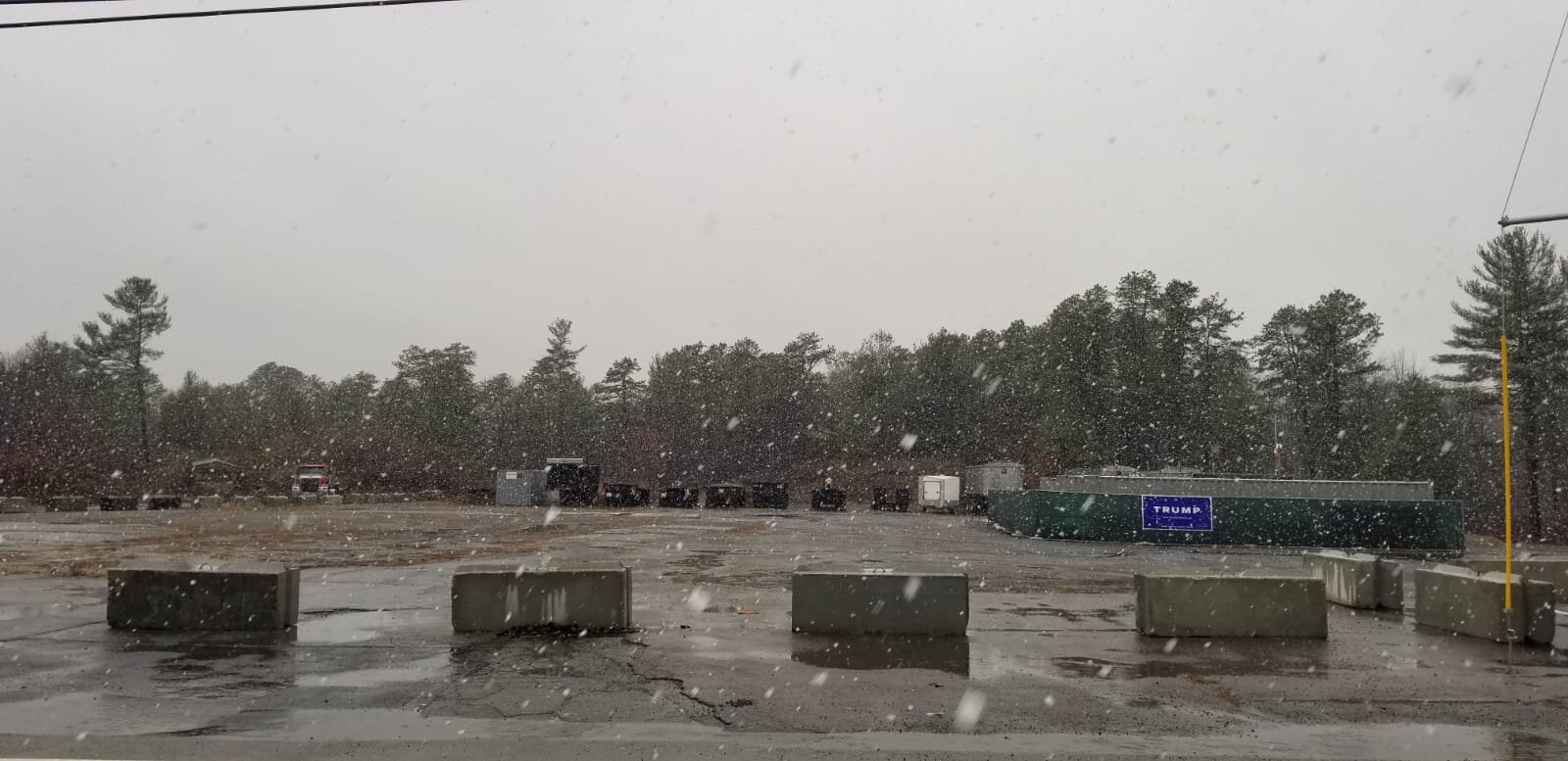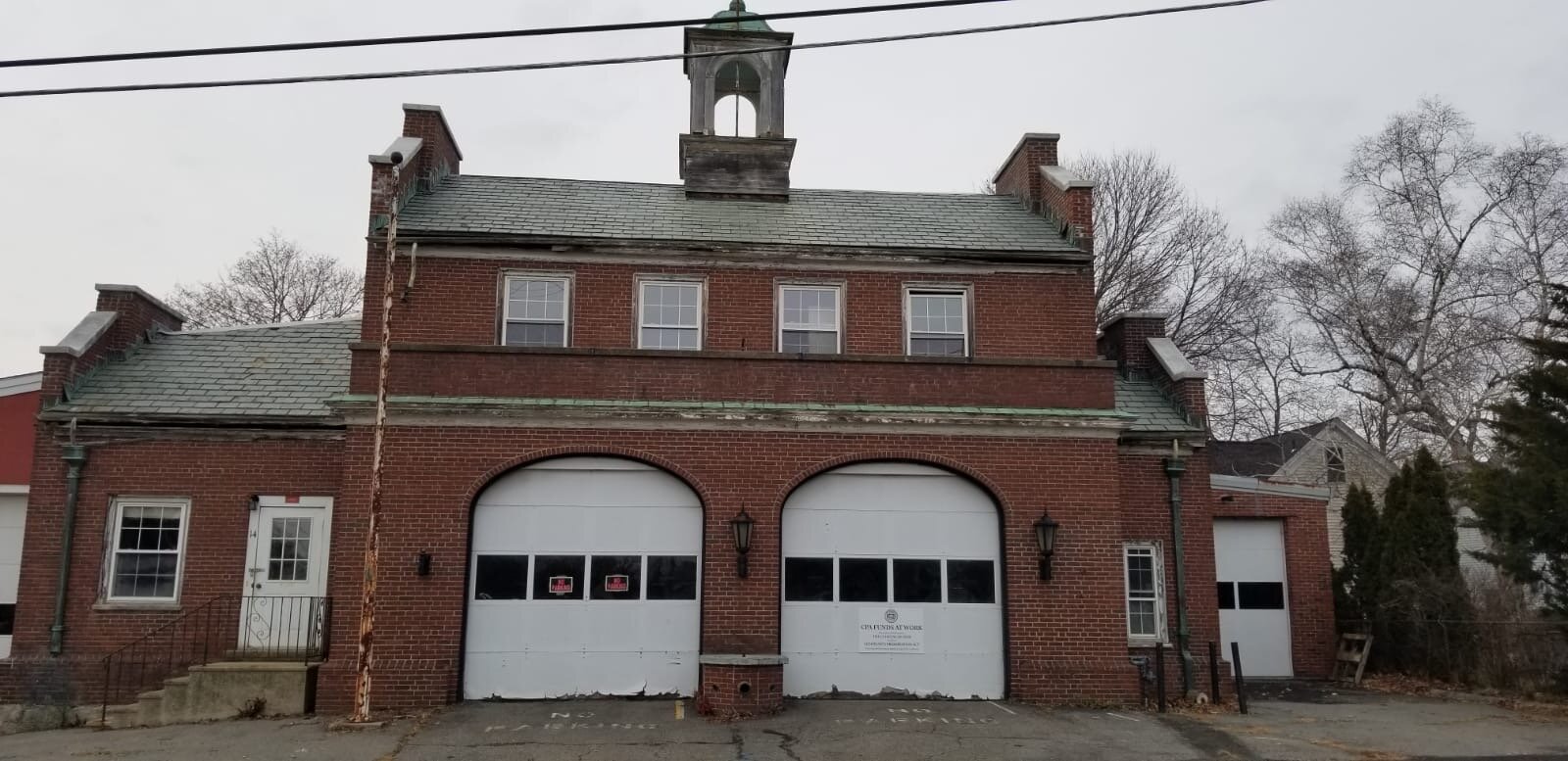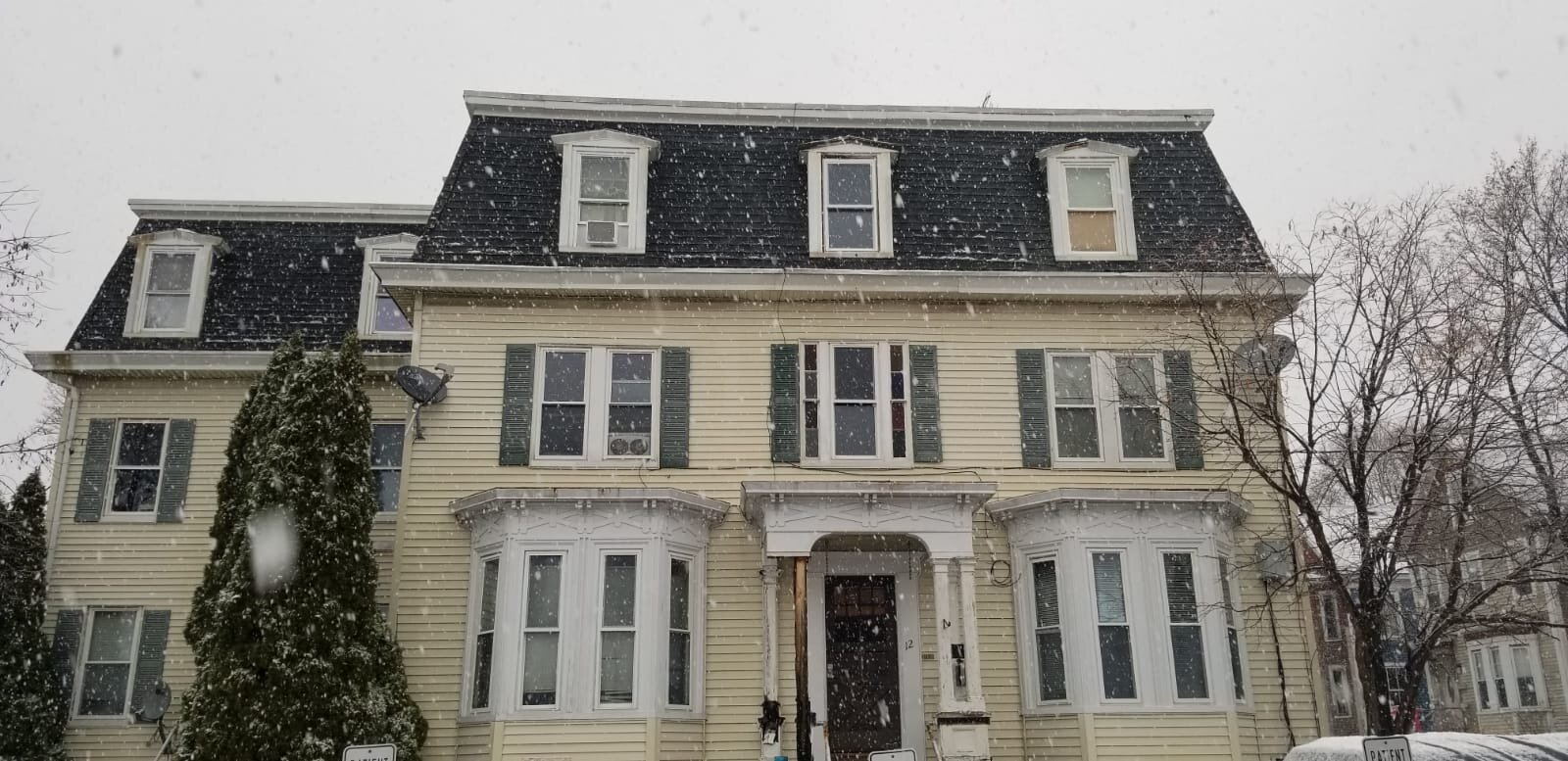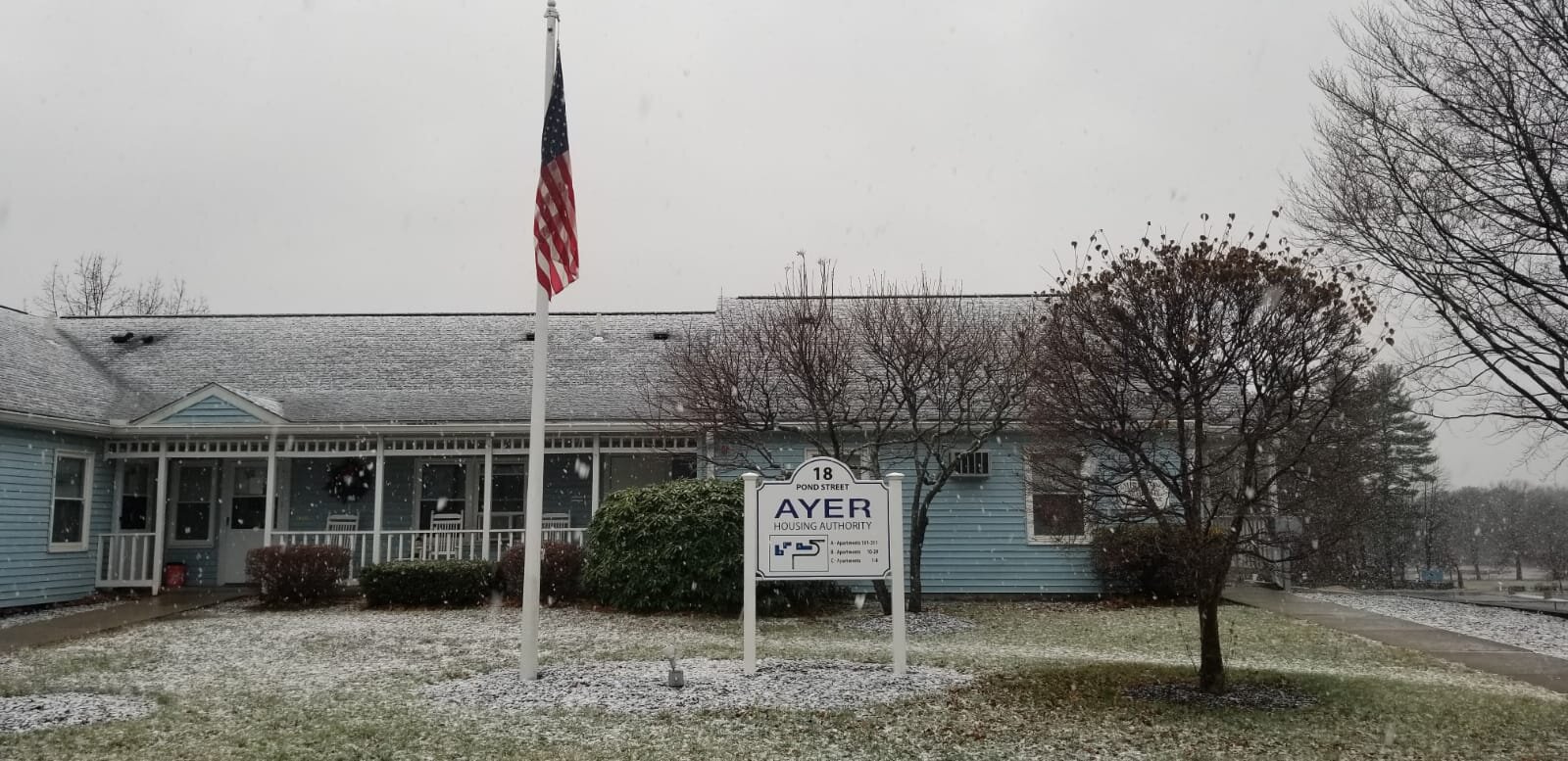Affordable Housing Crisis and Opportunities in the Nashoba Valley




On a snowy morning in November, I sat down at Karyn’s Kitchen in Ayer with an old friend and constituent. She informed me that her roommates abruptly moved out of their apartment leaving her to pay the entirety of the rent alone. With just her disability income to pay the bills, she had fallen behind on the rent. As soon as the Legislature’s eviction moratorium had expired in mid-October, her landlord sent a Notice to Quit, and my constituent began assessing her options. Typically, when legislators and staff respond to landlord-tenant disputes, there is a short list of action items to check off: get a Legal Aid attorney, apply for rental assistance, and begin applying for public housing. But those are mostly stopgap efforts, given the lack of housing in the Nashoba Valley region.
There is no question that we need to do better when it comes to raising disability incomes, paying people sensical living wages and pushing to implement Universal Basic Income (UBI) - all of which could significantly increase housing stability. COVID-19 has made income and wealth disparities more vivid to the general public, and it is very clear that there is a concerning lack of affordable housing in Massachusetts. While I carry hope that the federal government could deliver some housing relief, most housing policy and funding lies at a state and local level. Having spent a lot of time in the Nashoba Valley region of my district helping constituents who experience housing insecurity, I have come across a few examples the state can emulate to increase housing stability.
Right next to Karyn’s Kitchen, the Ayer legislative delegation met in October to discuss the impact of a successful $3.1 million MassWorks grant from the Baker-Polito administration that will upgrade the roads, water infrastructure, and sidewalks of the “West Main Street corridor.” Ayer received this state grant largely due to infrastructure improvements that would create an opportunity for new housing. Directly across the street from Karyn’s Kitchen is a vacant plot of land, that the owners, under the Form-Based Coding zoning improvements inspired by Ayer Economic Development Director Alan Manoian, will be able to build a multifamily housing apartment building.
That zoning change had to pass a two-thirds threshold at the Ayer Town Meeting, which it did, but that can be difficult in other wealthier, more politically powerful white suburban communities. Under Governor Baker’s Housing Choice zoning reform, passed in the Legislature’s Economic Development law, zoning for multifamily, accessory dwelling, and open space residential developments can be approved by a more democratic majority rule (and an additional component requires communities with public transit hubs, including MBTA train stations, to designate an area for multifamily housing).
Just down the street from the railroad tracks leading to the Ayer train station is the Ayer Housing Authority. That housing, by Pirone Park, was built for senior citizens and people with disabilities. Local housing authorities, usually separate political subdivisions from town or city governments, have the ability to build more public housing, almost exclusively for low and moderate-income residents, often targeting people earning 30-50% area median income (AMI). If you look around your community, most public housing was built during the 1950s through the 1980s – and it certainly looks that way! Federal budget cuts to public housing programs implemented by President Ronald Reagan stopped most new public housing productions, and most municipalities stopped building new public housing, creating a serious gap as Massachusetts’s population increased substantially.
However, it is still the case that housing authorities, backed up by a five-year $1.8 billion affordable housing bond bill, operating subsidies in the annual state budget, CDBG $, and local contributions, can play a significant role in building truly affordable housing for individuals and families who cannot afford the higher-end Chapter 40B housing. The example I often give is the Acton Housing Authority (AHA). In 2013, the AHA on land it owned built 12 units of rental housing, 50% AMI, with 3 of those units set aside for homeless families. It is possible – it’s about political will, gathering the right group of professionals to get the job done, and securing the government subsidies to make the math work. To provide more state funding both for affordable housing production and housing vouchers, I have re-filed with Rep. Nika Elugardo the Housing and Environment Revenue Options (HERO) bill, to double the deeds excise tax when property is sold which could provide as much as $150 million dedicated to affordable housing.
While federal and state governments need to pass bolder affordable housing policies, municipal officials and concerned residents can make a dramatic difference too. Over the past few years, the town of Ayer has taken the steps to turn an old fire station into affordable housing. Through the purchase of the station with Community Preservation Act (CPA) funds, and negotiating with a local developer committed to building housing for the actual community, instead of the highest price, with sufficient Community Development Block Grant (CDBG) funding, six units of affordable housing (60-80% AMI) can be built. While other communities have auctioned off municipal assets to the highest bidder, Ayer, through the support of town elected officials, town staff, and critically Ayer residents, are building housing that can actually address the need for a growing number of Massachusetts residents.
The crisis continues for my friend and constituent, and her problems were certainly not solved over breakfast at Karyn’s Kitchen. But with a growing number of state and local tools as well as governments (and the people) putting their money where their mouths are, we can begin to chip away at Massachusetts’s affordable housing challenges.
